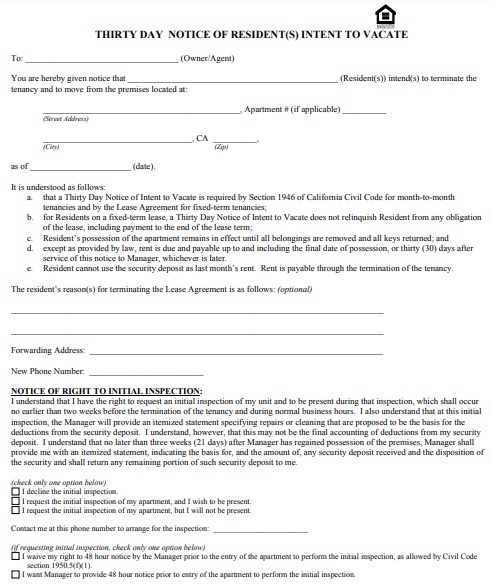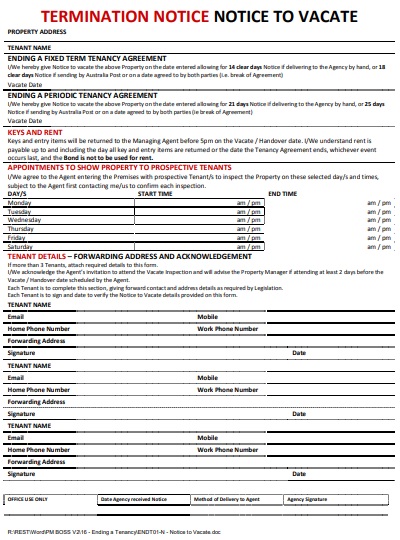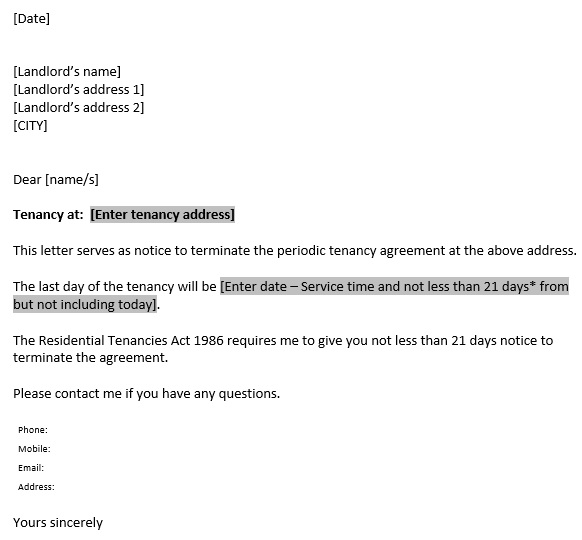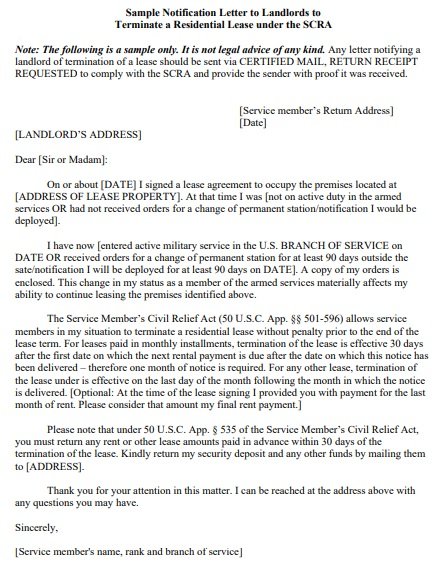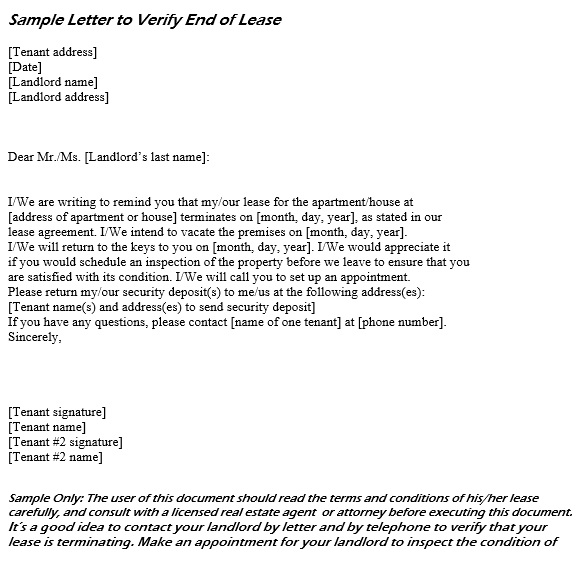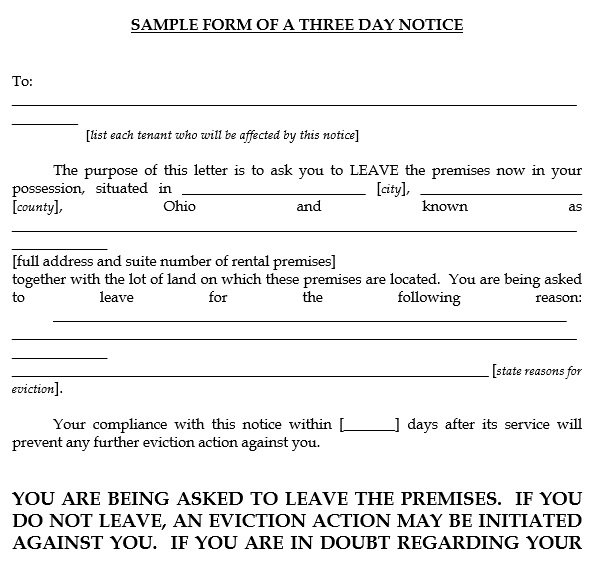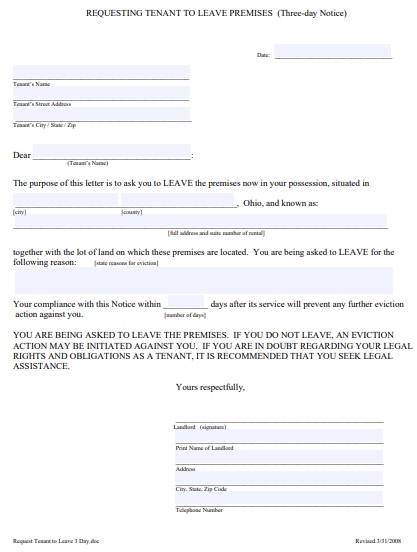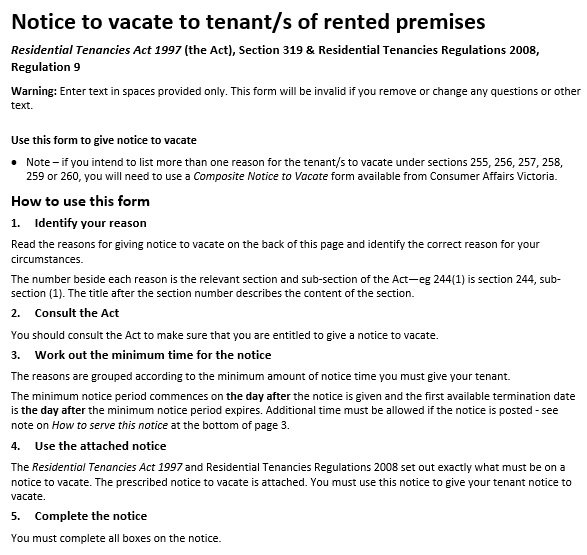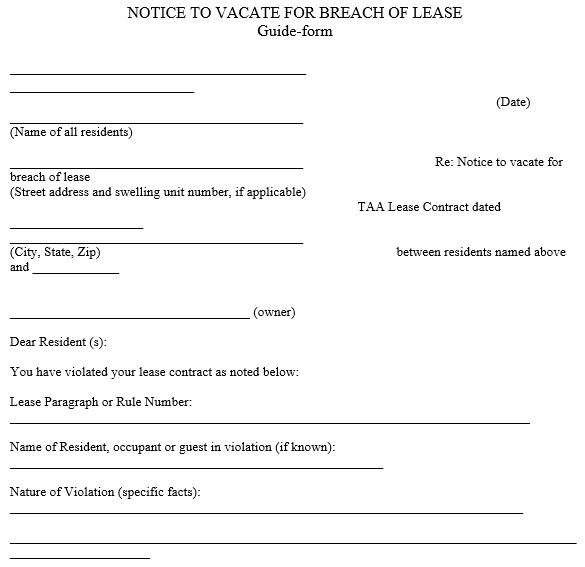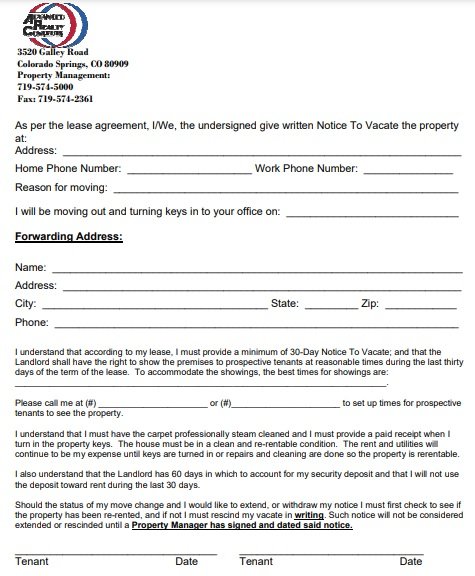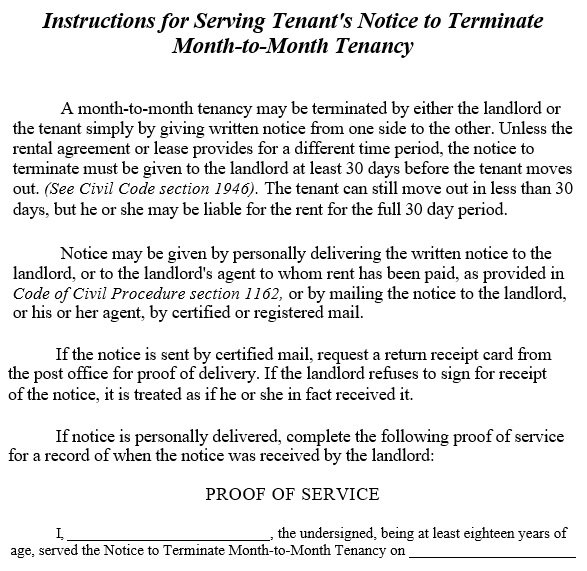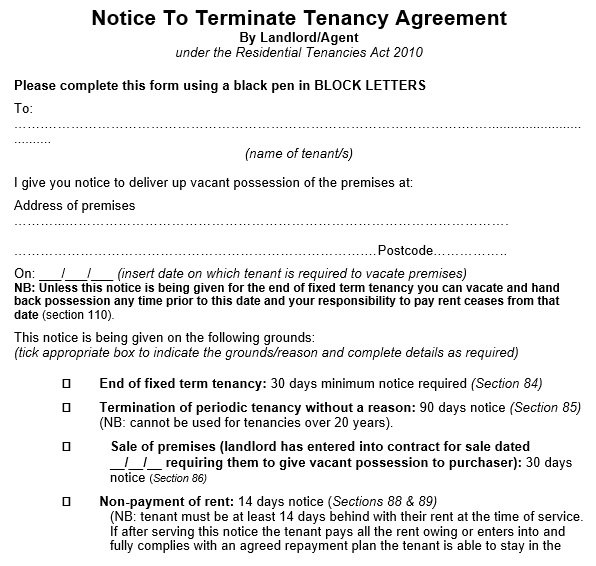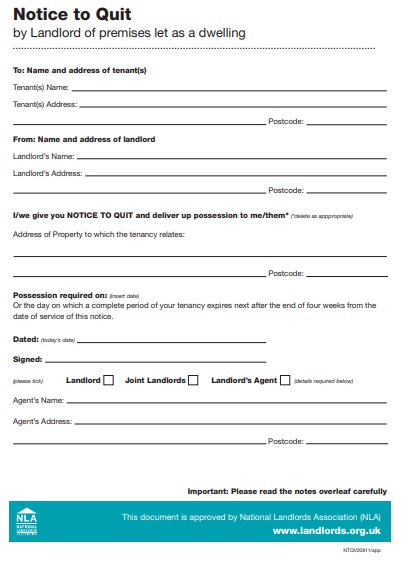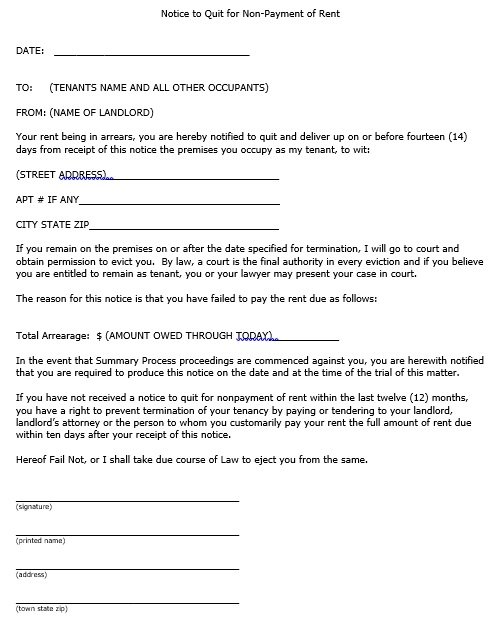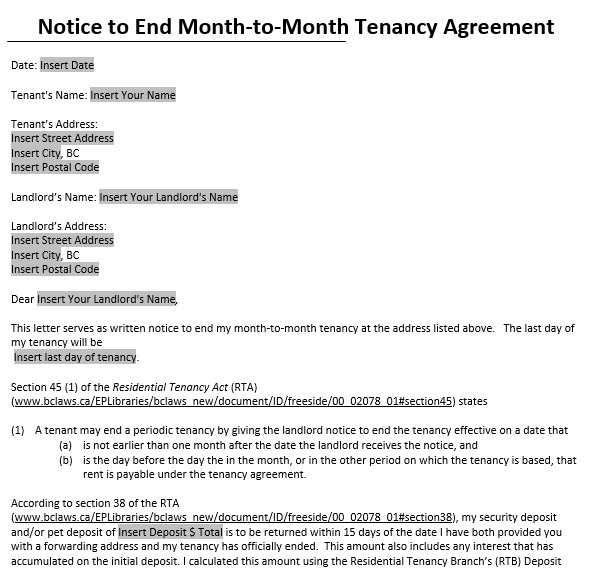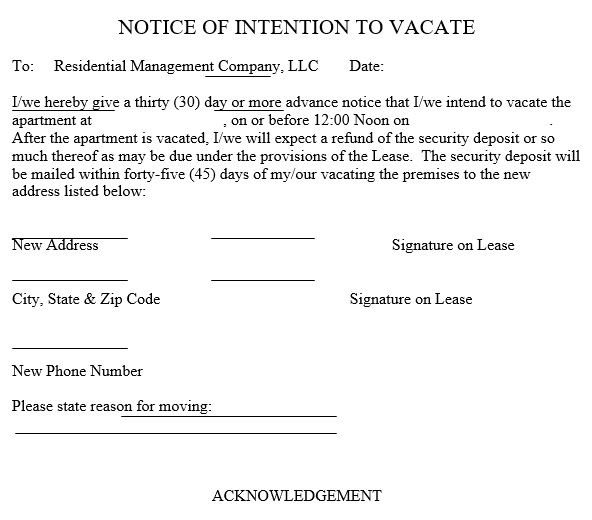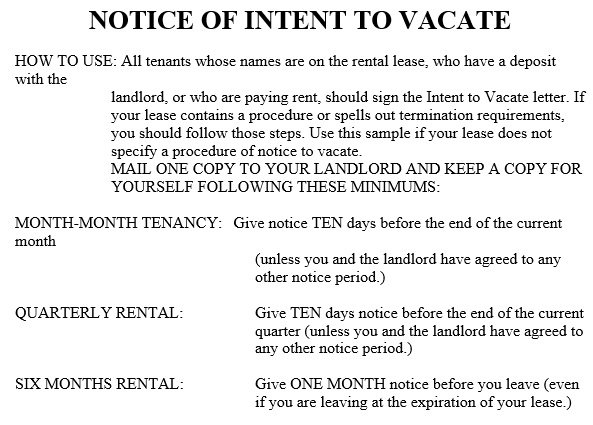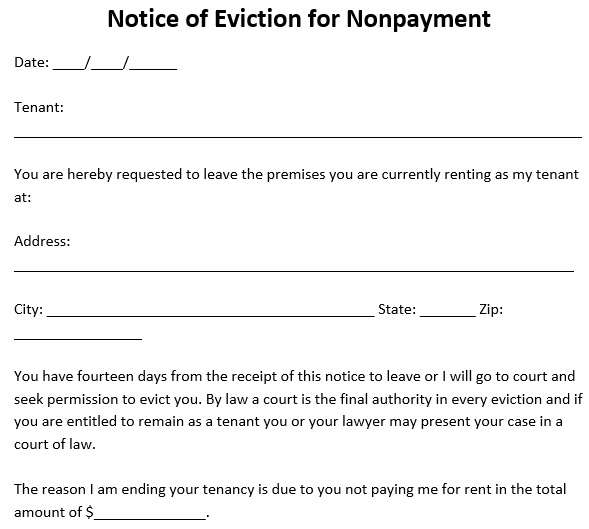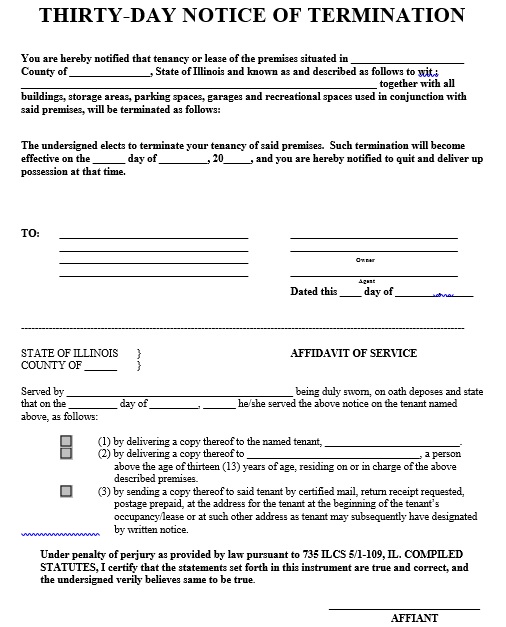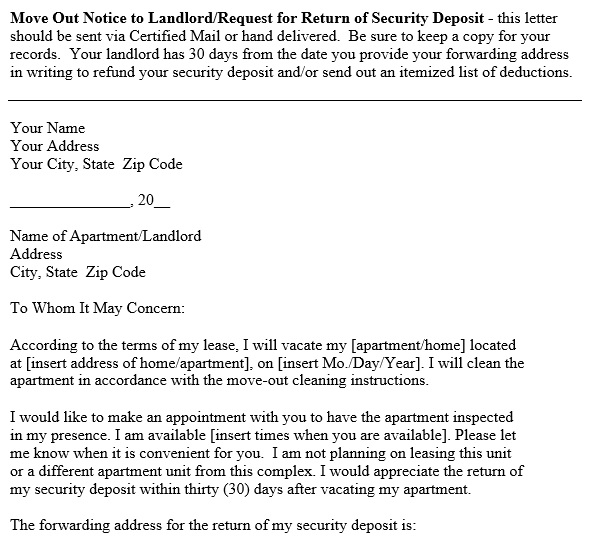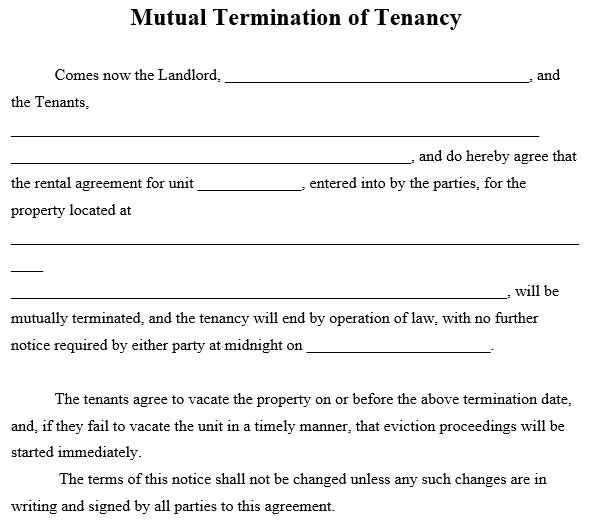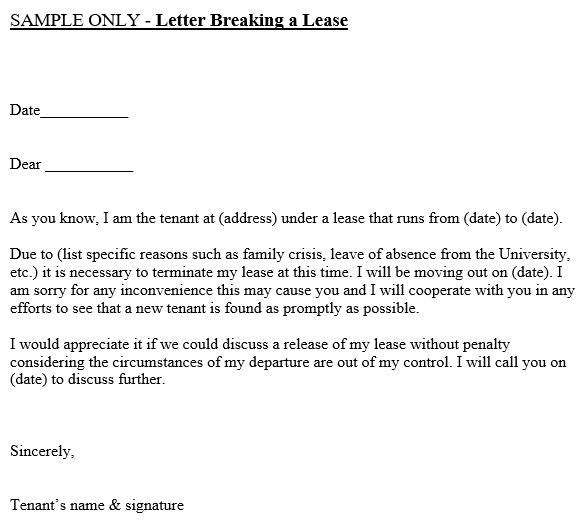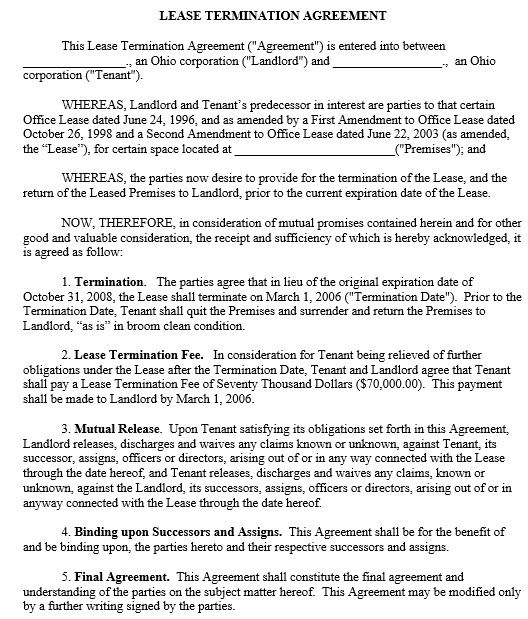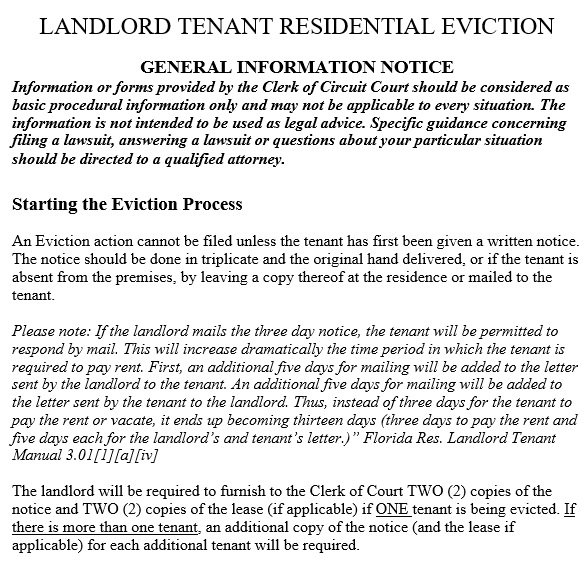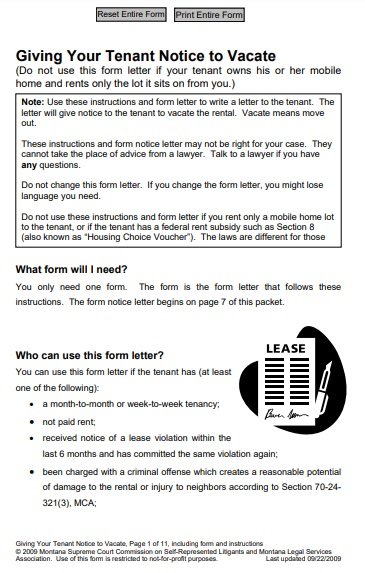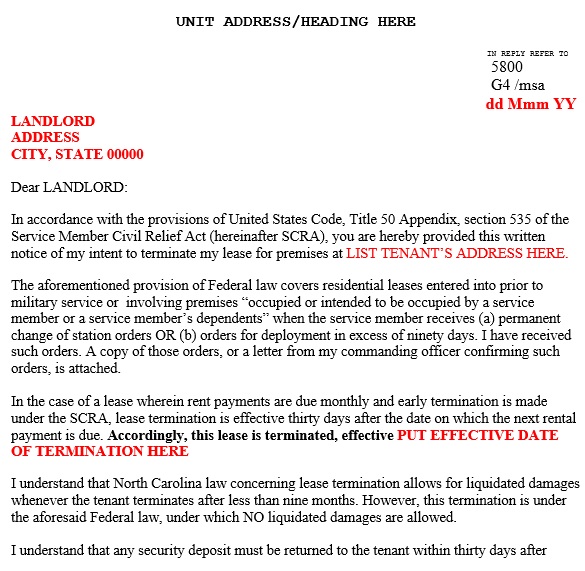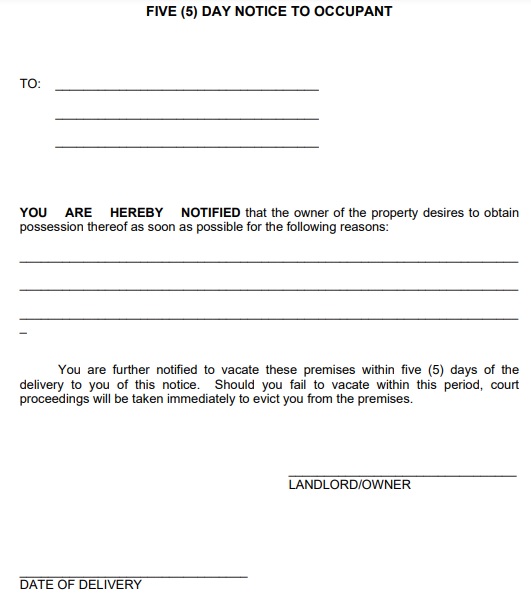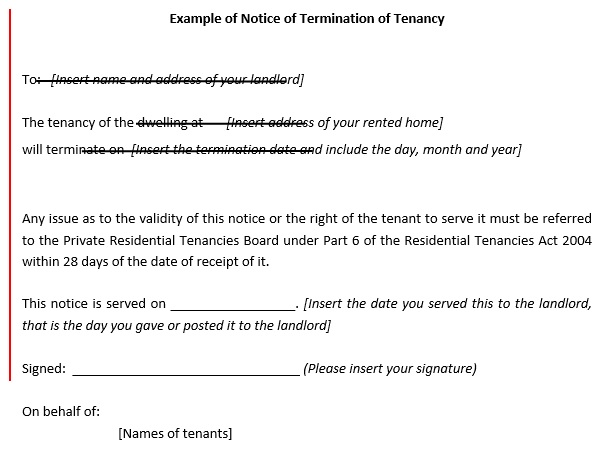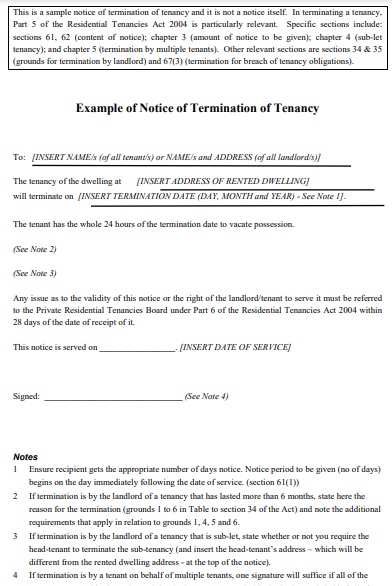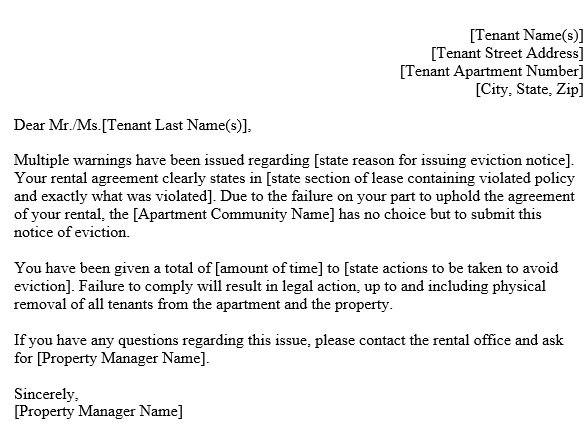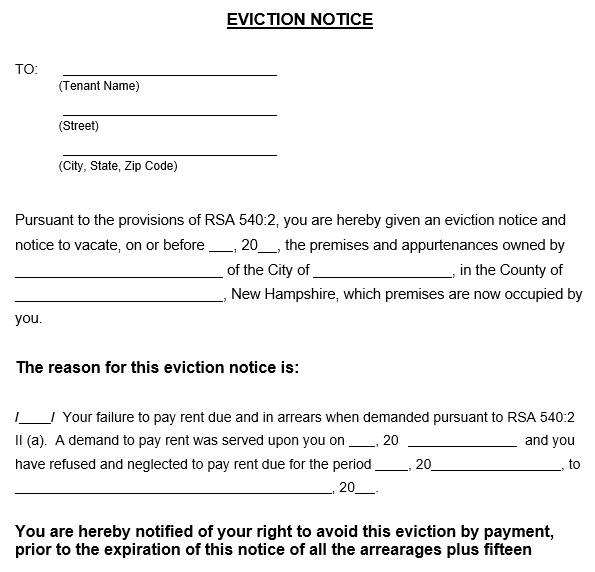An eviction notice template is used by a landlord to remove a tenant together with his/her property from the landlord’s premises. An eviction usually refers to a lawsuit that is filed by the landlord. This eviction is also known as ‘forcible entry and detainer’ and ‘forcible detainer suits’ if you are using Texas law. On a single day, the Texas justice courts handle eviction lawsuits in their hundreds. Both landlord and tenant should familiarize themselves with the due eviction process in order to ensure that they are on the right side of the law.
Furthermore, the process starts when the landlord removes the tenant’s possession from the rented property. This process is completed by the issuance of an eviction notice. The landlords can issue the eviction notice for a number of reasons. The main reason is the nonpayment of rent. There are also various situations when a tenant breaks a term or clause in the lease agreement. It is suggested that a tenant who receives an eviction notice should seek for advice from an attorney. In case they have financial constraints, they can visit a nonprofit legal aid organization or low-cost legal aid.
From a rented property, the eviction of a tenant needs a court approval. If the tenant refuses to leave the rented property then the landlord has the authority to file an eviction case with the Justice courts. Moreover, the landlord also referred to as the J.P. courts to get approval to undertake legitimate eviction. Then, the landlord has to provide the reason for evicting the tenant. After getting a positive court rule, to supervise the process, the landlord consults with a constable and then completes the eviction process.
Table of Contents
Different types of Eviction notices:
Failure to pay rent
The landlords must use this type of eviction notice. To quit for non-payment, it is used with a three-to-five-day notice. Before sending a failure to pay rent notice, every State has different requirements that must be met. The landlord has to reach out several ways to try and secure payment before the notice to quit can be send.
Lease violations (Cure or Quit)
This type of eviction notice is sent to the renter when they have removed the siding from the home or some other type of violation that isn’t allowed according to the rental agreement. This kind of notice is enacted and enforced in different ways in different states.
Unconditional Quit Notice
A 30-day eviction notice is sent to the tenant when they haven’t paid rent on time or violated the lease agreement sufficient to end the lease. Some states ask for a 60-day notice so you must go through the requirements for the amount of notice that must be given in order to avoid issues.
The eviction process:
An eviction requires the following steps as outlined below;
Issue the eviction notice to the tenant:
This is the first step in which the landlord gives the tenant a written eviction notice to vacate the rented premises. The reasons for the said eviction are mentioned such as the tenant has breached the lease/rent agreement. The landlord shouldn’t have any reason which is discriminatory in nature. They can’t discriminate in terms of race, gender or economic status.
The tenant conversation with the landlord:
The next step is a conversation between the tenant and the landlord. The discussion should be revolved around the settlement of the dispute. If the landlord agrees to that then a tenant can be granted more time. The landlord should pardon the tenant if he/she mends the error that is against to the lease/rent agreement. Thus, in such a situation, the eviction lawsuit won’t be filed by the landlord. In addition, the outcomes of the discussion that you both have agreed on should be put in writing. Also, both the landlord and the tenant have to affix their signature at the end of it. You can use an agreement form to end an eviction move. The agreement should be signed by both parties to end an eviction and this should be in writing.
The tenant obtains the eviction papers from the court:
After that, in the eviction process, the tenant receives the eviction suit papers from the court. Commonly, the landlord files an eviction lawsuit with the J.P. courts. To hand deliver the eviction suit papers to the tenant, the landlord may hire a constable or a sheriff. Since, it is a permanent court record that would usually be a setback in his/her search for rental property in the future; the tenant can decide to fight the eviction lawsuit. Moreover, the landlord can also provide the landlord possession rights to the property in case lawsuits have bond possession.
The eviction case is answered by the tenant:
In this step, the tenant has to answer the eviction lawsuit. The eviction suit papers have the date that specifies when the tenant is supposed to appear in court. Before the specified hearing date, a tenant can choose to answer the suit on the basis of the state laws and this can be in person or by writing he/she can also make a call.
After that, the hearing date of the eviction lawsuit is given by the court to the tenant and the landlord. The citation page of the eviction suit will indicate the time and date that the hearing will be held. Both the tenant and the landlord have to be clear and stick to it. In the case of the Bond of Possession lawsuit, within the first 6 days, the tenant is supposed to demand for trial. In case of failure, the landlord will assume automatic possession of the rented premises.
The eviction hearing:
In the last step of the eviction process, hearing of the lawsuit will occur in the J.P. court. With the help of evidence, the tenant has to give his/her side of the story in his/her possession. Keep in mind that the evidence will prove to be useful and acceptable to the J.P court. To support the allegations, the tenant is just allowed to use the help of live witnesses. A subpoena might interchangeably be used to testify for the tenant.
Then, after hearing the eviction lawsuit, the judge will give a final ruling. If the decision is against the tenant then he will be provided a period of five days to appeal the decision. Moreover, the tenant can also decide to move out of the property. If the decision is in favor of the tenant then the landlord will also be given a period of five days to appeal the decision of the court.
Different situations within the eviction process:
There are two different situations within the eviction process;
Tenant at Will
The lease is broken in the tenant-at-will eviction. Landlord permission is provided for the tenant to leave the premises in this situation. Since longer-term leases are more complicated to end so it happens in case of month-to-month leases. This might happen if the renter isn’t able longer to afford the property. This makes the tenant able to have a longer grace period as the tenant has agreed to remove from the property.
Tenant at Sufferance
The tenant refuses to leave the property in this situation. However, in the first place, the landlord has not allowed them to do so. This might happen when the tenant has intention to leave, wants to just stop paying rent, and break a long term lease. In these situations, the time period for removal from the property will be precise.
What to include in an eviction notice?
The eviction notice must include the following details;
- The name and address of the tenant and the landlord
- The reason for an eviction (Failure to Pay Rent, Lease Violation, Month to Month Tenancy Ended, Lease Expired)
- The address and location where the eviction occurs
- The original lease agreement name and date
- A reference to the lease regarding how the tenant can complete their promise
- When the tenant has to remedy the situation
Avoiding trouble with evictions:
Here are some ways to avoid trouble with evictions;
Use a rental contract
You should always make use of rental contracts as verbal deals cannot be enforced with an eviction notice.
Confirm renter status
You must run a background check and a credit check on every renter. This makes sure their capability to pay and reveals details regarding their criminal history and other issues that become the cause of eviction.
Make use of the right documents for other problems
In some cases, other issues will crop up that need you have the correct documentation on hand. You have to follow proper notice protocols and the proper paperwork in order to make changes to the rental agreement.
Conclusion:
In conclusion, an eviction notice template is a useful document for the landlord in order to issue an eviction notice to a tenant. Before filing a lawsuit depending on the response of the tenant, a landlord requires to issue an eviction notice to the tenant. A landlord or a tenant must stick to the due eviction process.
Faqs (Frequently Asked Questions)
Usually, 1 to 3 months are required to evict someone. However, it may vary on the basis of the state laws. Some states just require a 3-day notice to quit while some may require 30 or more days’ notice.
The minimum eviction notice is basically the minimum amount of time given by the landlord to their tenant for fixing leasing violation or to move out. The landlord is legally free to give the tenant more time to vacate the premises. The reason behind it is that the landlord can’t rent out the property again until the tenant has moved.

